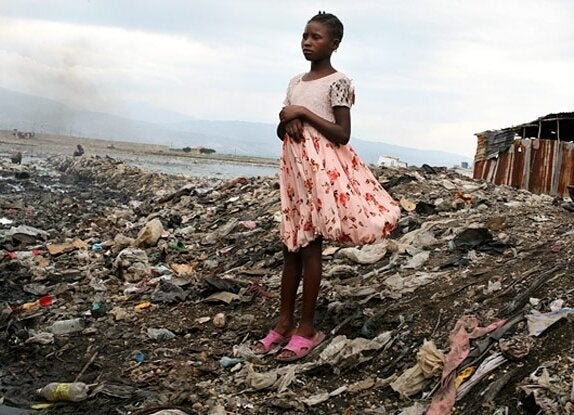
This is a joint post with Ross Thuotte.
The United Nations recently published the 2011 World Economic Situation and Prospects report, which asserts that Sub-Saharan Africa, and possibly parts of South Asia, are off-track for halving extreme poverty levels by 2015. This must sound alarmingly dire and discouraging for those laboring long and hard to reduce poverty rates in countries within these regions.
But this picture was painted by a highly simplistic brush. Despite doomsday generalizations, almost two-thirds of Sub-Saharan African countries are on-track (or nearly on-track) to halve poverty during the Millennium Development Goals period (1990-2015). A few of them -- such as Ghana, Uganda, and Burkina Faso -- are on the short-list of the highest-performing countries. These so-called MDG Trailblazers (both in Africa and beyond) are the subject of my recent CGD working paper.
Based on popular requests, we have launched a new interactive MDG web tool that visually represents each individual country's progress towards the highly ambitious MDG targets. It illustrates whether each country has performed above or below required rates of improvement on the eight core Millennium Declaration goals. Each low- and middle-income country is accompanied by an MDG Progress Scorecard, which includes performance trajectories for these core targets. In addition, we have provided supplementary map overlays for those MDGs with absolute performance targets (education and gender), which are widely considered as biased and unfair to countries starting off a low-base. These alternative measures illustrate each country's average annual progress -- arguably a much more realistic measure of real-world improvements. Finally, we've included the complete underlying dataset to provide our users with even greater workability.
As we draw nearer to 2015 and the conclusion of the first round of the MDGs (and a probable second round renewal), we anticipate that each country's trajectory toward the underlying targets will become increasingly relevant. In order to maximize the tool's utility for you, we strongly welcome and encourage feedback on the online tool, scorecards, and Excel-based dataset. Please direct all inquiries and comments to Ross Thuotte.